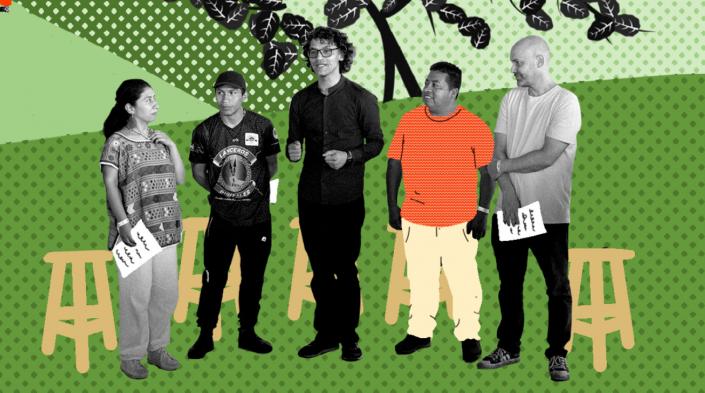
By Débora Prado
Published onPage last updated on
Can simply "connecting everyone" enable a worthwhile digital future? Can communities shape digital technologies in favour of their environments, cultures, knowledge and well-being? Can the divide between techno-solutionism and the fear of the harms of digital technologies offer space for collective thinking around when and how technology brings about positive impact?
Questions like these have marked these last few months and have been dogging us for some time. They have been present at milestone moments of discussion on internet future and governance, such as the Global Digital Compact and the Internet Governance Forum.
In 2023, the first season of the Routing for Communities podcast was launched, sharing 12 powerful stories of community networks around the world. The season presented diverse voices from 15 countries, showcasing experiences that reflect on how and why communities choose to be connected and use information and communication technologies. Looking forward, they also share a common message about the need to create human and digital networks based on nurturing a viable future for all.
But how can we make this happen? The podcast shows there is a lot to learn from grassroots communities around the world. Below, we present five stories from the podcast series showcasing how connectivity and the use of technology gain meaning from local demands, such as the resistance to projects of socio-environmental destruction, the preservation of cultures and ways of life, artistic expression, the sharing of knowledge, and access to education.
The “network of the wind” from the Nasa Indigenous community in Colombia
In an Indigenous community in rural Colombia, the Jxa'h Wejxia Casil Community Network is operating.
The Nasa Nation is Colombia’s third largest Indigenous ethnic group and is organised in different movements, among which is the Indigenous Regional Council of Cauca, the first Colombian Indigenous organisation, established in 1971.Their native language is Nasa Yuwe, in which Jxa'h Wejxia means “Networks of the Wind”, and Casil is the portmanteau word of Caldono and Silvia, the two towns involved in the initiative.
For many years, Indigenous communities from the township of Caldono were working on initiatives for their economic and territorial development, which they call “living spaces”. But the country’s census statistics revealed that the percentage of Nasa people still speaking their own language was rapidly decreasing. In 2005, 70% of the population spoke Nasa Yuwe. In 2018, that number was down to 40%. Such a scenario raised great concern among community leaders, who started to ask themselves what was going on and how they could change this situation. And one of the instruments involved in stemming this plunge was information and communication technologies, as we learn from Edinson Camayo, a member of the Nasa Indigenous Nation and the project’s coordinator:
"We realised that we have to have technological autonomy and relevant communication. And then, we said: 'Well, we’re offline here.' So we started to work on it. We got a group of young people from the community and began to train them on the importance of communication. We looked at it from two perspectives: what is communication within the framework of our worldview, and also what Western communication is. Then we started the discussion, and the different kinds of technologies that the community already had access to and those that were still coming. And when the former FARC combatants also saw that the right to communication in the community was lacking, then we said to each other at a meeting: ‘Really? We’re also having these conversations and so are you.’ So, we better unify our proposal and teach our youth. And that’s when we started with the internet, audiovisual communication, stations that were already in place but to which we had lost access due to equipment damage. That’s how we’re going to become stronger."
Amadiba Community Network and the people resisting in South Africa's Wild Coast region
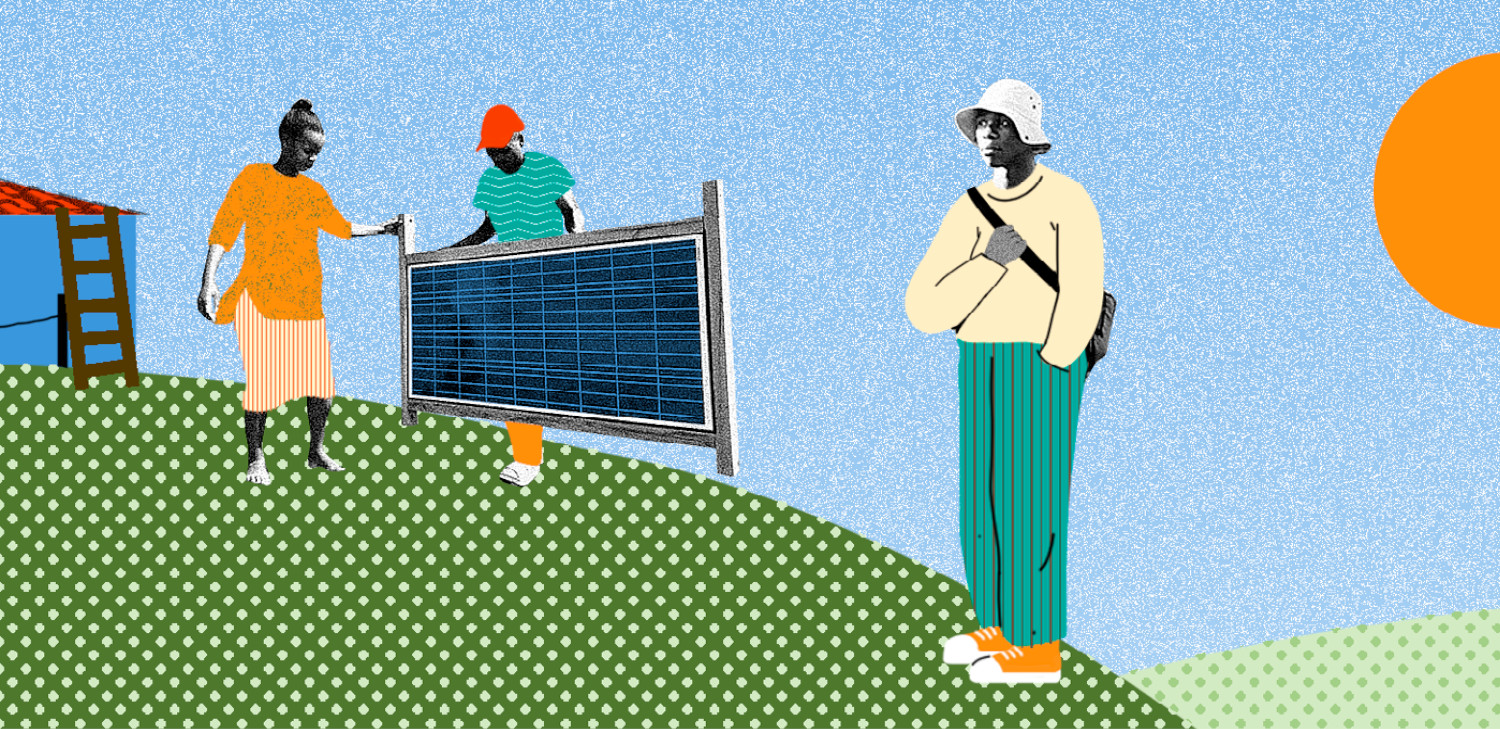
The Amadiba Community Network is a project that has been strengthening the community's resistance to defend their land, their country’s coastline and their people, through access to the internet. In this episode of the podcast, we heard from one of the network’s builders, Lungelo Mtwa, a member of this community in Pondoland, a region on the coast of South Africa bathed by the Indian Ocean.
He lives in a rural village, Amadiba, home to the Pondo people for the past 1,500 years and now inhabited by around 300 families. Lungelo explains that this area is known as the Wild Coast because there's not much development along it. The houses in his village are around 500 metres away from each other. While some people from outside the area consider this a “primitive” area and people, he highlights the natural beauty of the region and celebrates the ancestral ways of living. “It is beautiful, it is waterfalls plunging into the ocean. We have leaves, we have forests, we have hills, we have a reserve in which you see many animals. And our people are still practising the old ways, as people say, we are still clinging on to our culture, our religion. We still know that the person is a person because of the next person, of the other person. So what has been called Ubuntu. Ubuntu means ‘humanity’. Ubuntu means ‘I am because we are.’”
But Amadiba lives not only on natural beauty and the preservation of its traditions; it is also known as a community that is threatened by a titanium mining project. This project has met with strong rejection from the local community as well as strong resistance for decades. Among the actions is the creation, in 2007, of the social movement “Amadiba Crisis Committee”. Their need to communicate their story of resistance and tell the world about their way of life gave rise to the demand for a community network in the region. Here, connectivity is thought of as a form of dialogue with the world, to talk about other ways of living in integration with the surroundings, as Lungelo explains:
“The reason why we started a community network is because we have a problem with the signal in our area, so we saw that having Wi-Fi in the community will be very helpful. As I'm saying we have many stories to share with the world, we have struggles and victories. We need to say this to the people who are also threatened with the similar stuff that we are also being treated. So we are always saying we want to bridge the digital divide, so having the network means that our people will have access and will be connected to the world. Our reasons why we are fighting against this mining and stuff is because we know that we are Indigenous people of this land, and then we are belonging to the land, we are dependent on the land. We know that we are going to be moved once the mining comes in, we are going to be relocated.”
Thinking about gender and race from community-led experiences in Brazil
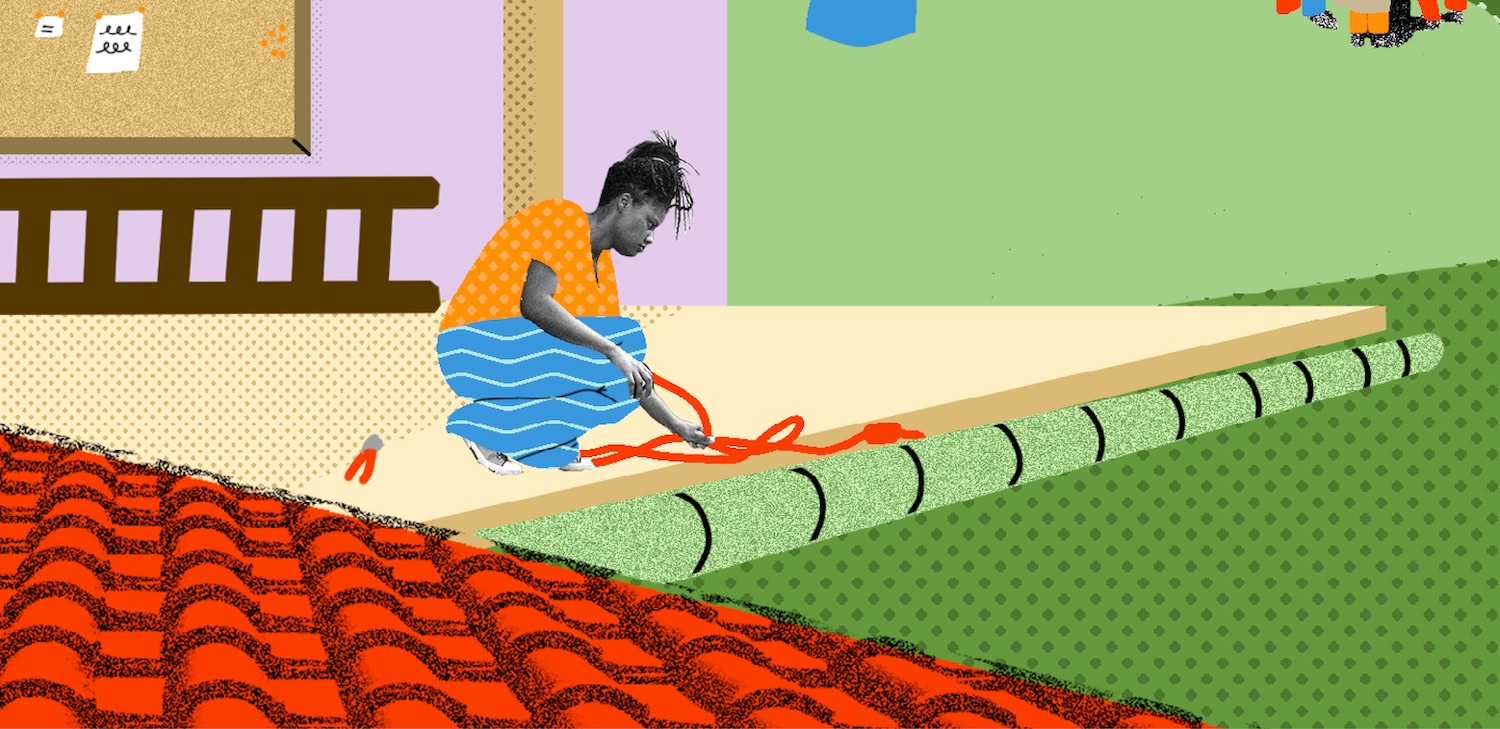
Daiane Araújo lives in Brazil, more specifically on the south side of the city of São Paulo – the biggest one in the country. She is also part of Casa dos Meninos, a non-profit social organisation focusing on the use of new technologies and the study of the territory by the local youth. They also built a community network back in 2010. From there, Daiane has been working on community network projects and reflects on their intersection with gender, race and class.
This experience shows that inequalities of access also affect densely populated urban areas. However, it is not only because of the lack of rights that community networks are growing, but also as a way of sharing what Daiane points out is the true wealth of a community: its culture, ancestral technologies and knowledge.
In the episode, we learn a little more about Brazil's historical and structural racism and how this also impacts the field of digital technologies and connectivity. Daiane tells us about the burden and loneliness of being one of the few Black people among the facilitators of community networks – which she contrasts with the fact that these networks flourish precisely in regions inhabited by Black and Indigenous communities. On the other hand, the process of building connectivity based on the lived realities of these communities, considering their interests and dreams, means that community networks can represent an opportunity to discuss inequalities in order to act on them.
“The place of producing a community network as a Black female body is very lonely, if we’re talking about social structures. The minute you walk into a place, your body will be singled out for being the only Black woman in the place. From a representativity perspective, it is a lonely place, it is tiring, because you end up taking up too much responsibility in order to try to be in almost all the spaces, which is a burden. I think we advance and keep advancing a lot in the gender and race agenda, and I want to insert class as well. (...) There are these two points of discussion in technology: understanding how it has been socially consolidated globally, as well as culturally appropriated in the world. But there are spaces to rebuild, re-signify, reuse technological apparatus to improve the quality of life for people everywhere.”
Enabling art, culture and communication in Indonesia
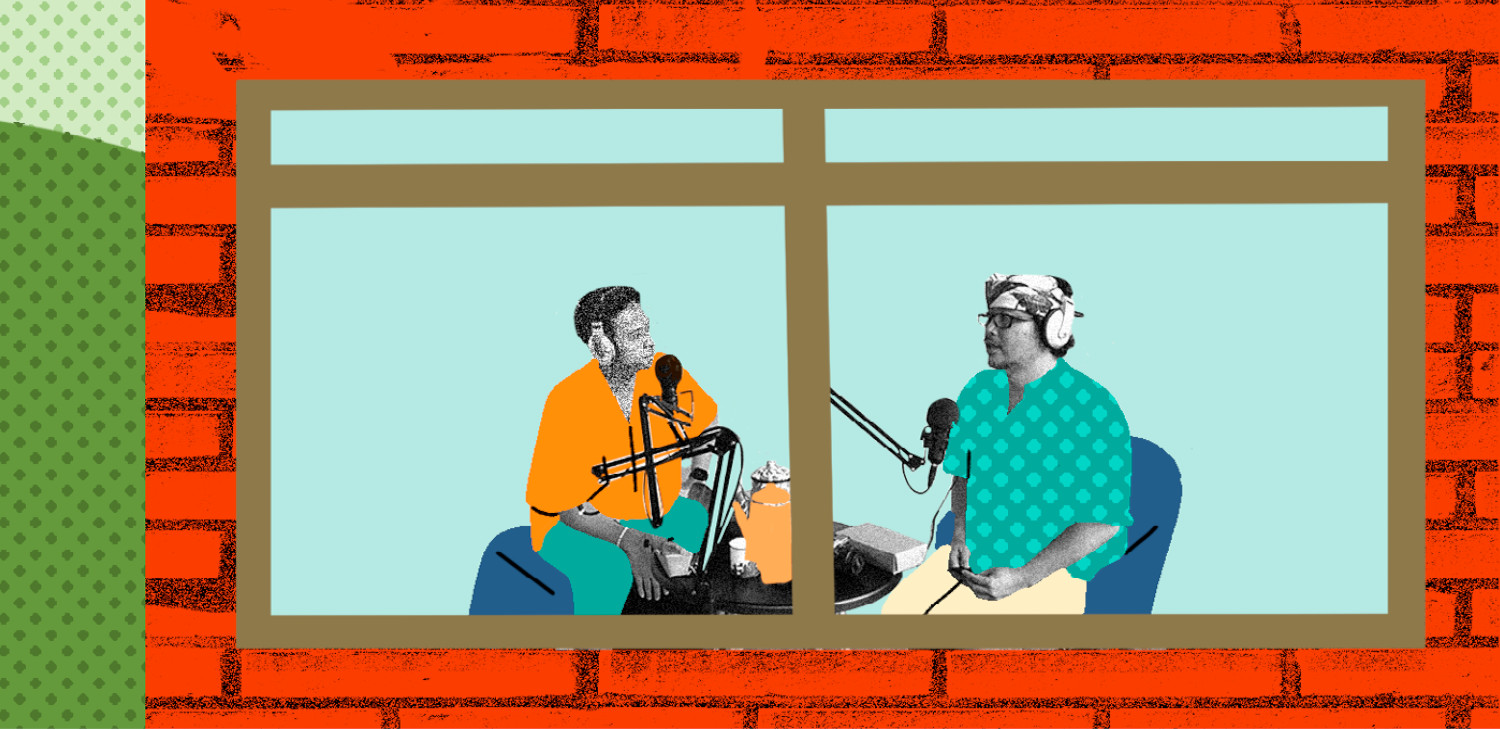
From Indonesia, the co-founder of Common Room Networks Foundation Gustaff Iskandar explains there are around 12,000 villages that are still unconnected in the country, and not only from internet access – more than half of them still don't have any adequate source of electricity. Common Room works with art, culture, communication and new technologies – and helped build the community network in Ciptagelar Traditional Village, in West Java. According to Gustaff, the people in that region have very interesting and unique traditions and farming culture.
In a territory attached to ancestral traditions and in the midst of mountains and a dense forest, the need for access to information and communication is crucial, also to strengthen ties between villages and encourage tourism to this region. Gustaff says that it was the leader of the Indigenous community who asked them if it would be possible to build a local infrastructure, “with their own hands”, to access the internet. The challenge was accepted by the Common Room team, and starting in 2016, they began running a series of experiments. Two years later, based on collaboration with a local internet service provider (ISP) based on the outskirts of Bandung, they managed to provide some internet service and access to communication and information.
“We have been learning a lot that the community network is not merely about the physical internet infrastructure per se. In order to have an appropriate approach on internet developments among rural communities, we also need to conduct a cultural approach and recognise local culture and traditions, because the internet is not only a new platform that can be utilised by the local communities to communicate and to access information, but it can also be very useful to enhance the artistic and cultural expressions.”
Connectivity and access to information in Kenya
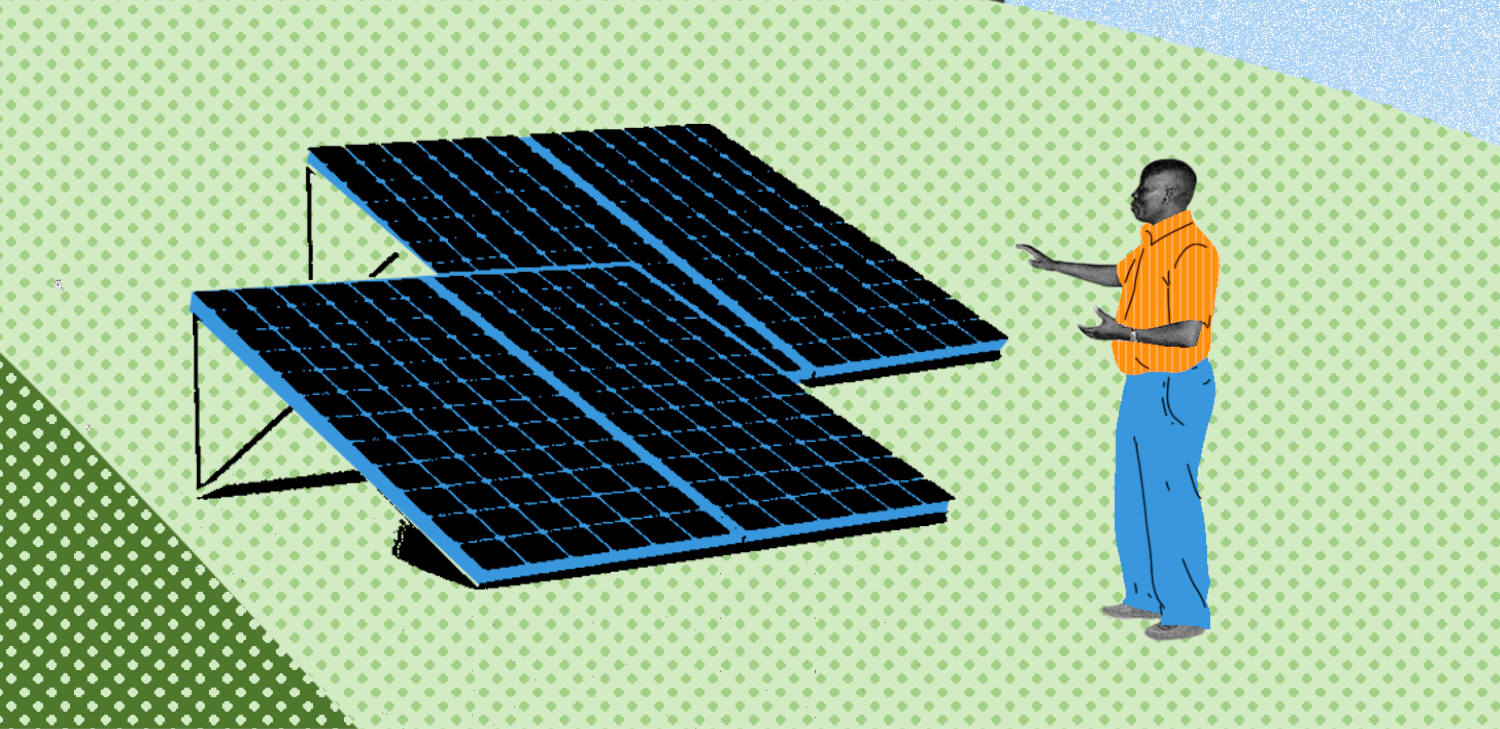
In Kenya, the Arid Lands Information Network (ALIN) works especially with the country’s rural population. The country has a total of 53 million people. Kenya’s capital Nairobi is considered cosmopolitan and vibrant, but it is also marked by huge social and economic disparities. And in the rural areas of Kenya, such inequalities are even more evident, especially in almost completely arid and semiarid lands.
The lack of internet connectivity only exacerbated other structural challenges in a region where there was a demand to share knowledge about vital things such as food production and access to water. By not focusing on profit, a community network emerged as an option in a region underserved by commercial providers for exchanging such knowledge, as James Nguo from ALIN explained:
“ALIN has gotten approval from the regulator, who is the Communication Authority, to deploy a community network in a place called Sipili, which is four hours out of Nairobi, in the northern direction, into the Rift Valley. It's a rural setup, a small town, but home to over 100,000 people. Many of these people are involved in subsistence farming, because they are growing food for their own consumption. And the area is a bit dry, so issues around climate change affect them in a big way. But they are very hard-working people, because they build water dams, water ponds for their animals, and they use the same water for irrigation. And actually, they are able to produce a lot of food compared to many areas here in Kenya.”
Find out about these and other community-centred connectivity initiatives at the Routing for Communities podcast webpage. Also available on Google Podcasts, Apple Podcasts and Spotify.
Podcast illustrations: Gustavo Nascimento


